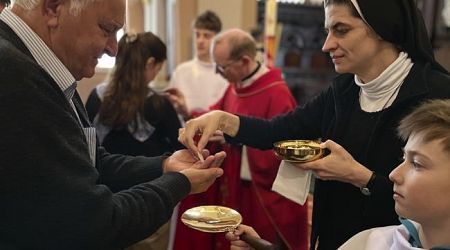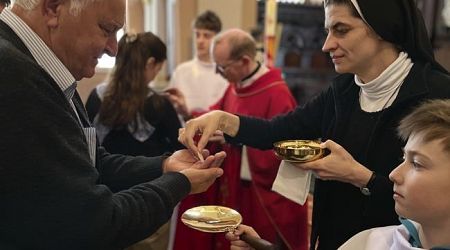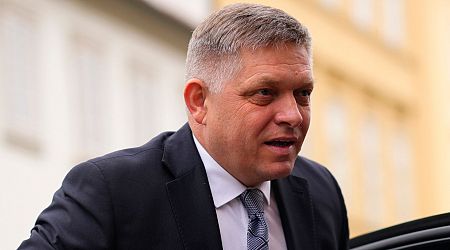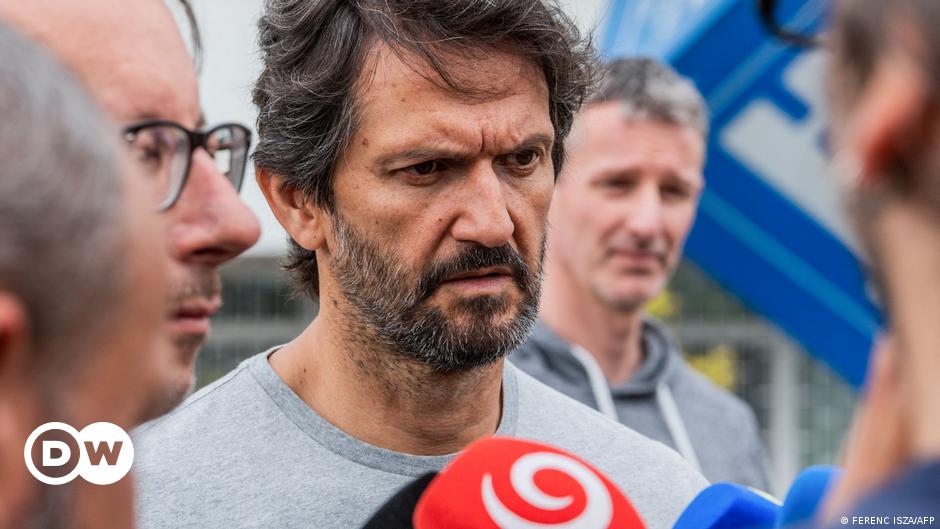Latest updates
A PHP Error was encountered
Severity: Notice
Message: Undefined offset: 0
Filename: frontend/tpl.footer.php
Line Number: 57
Backtrace:
File: /var/www/html/europe.easybranches.com/application/views/frontend/tpl.footer.php
Line: 57
Function: _error_handler
File: /var/www/html/europe.easybranches.com/application/views/frontend/page.content.php
Line: 219
Function: include
File: /var/www/html/europe.easybranches.com/application/controllers/Page_content.php
Line: 53
Function: view
File: /var/www/html/europe.easybranches.com/application/controllers/Page_content.php
Line: 9
Function: content
File: /var/www/html/europe.easybranches.com/index.php
Line: 324
Function: require_once
A PHP Error was encountered
Severity: Notice
Message: Trying to get property of non-object
Filename: frontend/tpl.footer.php
Line Number: 57
Backtrace:
File: /var/www/html/europe.easybranches.com/application/views/frontend/tpl.footer.php
Line: 57
Function: _error_handler
File: /var/www/html/europe.easybranches.com/application/views/frontend/page.content.php
Line: 219
Function: include
File: /var/www/html/europe.easybranches.com/application/controllers/Page_content.php
Line: 53
Function: view
File: /var/www/html/europe.easybranches.com/application/controllers/Page_content.php
Line: 9
Function: content
File: /var/www/html/europe.easybranches.com/index.php
Line: 324
Function: require_once
A PHP Error was encountered
Severity: Notice
Message: Undefined offset: 0
Filename: frontend/tpl.footer.php
Line Number: 57
Backtrace:
File: /var/www/html/europe.easybranches.com/application/views/frontend/tpl.footer.php
Line: 57
Function: _error_handler
File: /var/www/html/europe.easybranches.com/application/views/frontend/page.content.php
Line: 219
Function: include
File: /var/www/html/europe.easybranches.com/application/controllers/Page_content.php
Line: 53
Function: view
File: /var/www/html/europe.easybranches.com/application/controllers/Page_content.php
Line: 9
Function: content
File: /var/www/html/europe.easybranches.com/index.php
Line: 324
Function: require_once
A PHP Error was encountered
Severity: Notice
Message: Trying to get property of non-object
Filename: frontend/tpl.footer.php
Line Number: 57
Backtrace:
File: /var/www/html/europe.easybranches.com/application/views/frontend/tpl.footer.php
Line: 57
Function: _error_handler
File: /var/www/html/europe.easybranches.com/application/views/frontend/page.content.php
Line: 219
Function: include
File: /var/www/html/europe.easybranches.com/application/controllers/Page_content.php
Line: 53
Function: view
File: /var/www/html/europe.easybranches.com/application/controllers/Page_content.php
Line: 9
Function: content
File: /var/www/html/europe.easybranches.com/index.php
Line: 324
Function: require_once
A PHP Error was encountered
Severity: Notice
Message: Undefined offset: 0
Filename: frontend/tpl.footer.php
Line Number: 57
Backtrace:
File: /var/www/html/europe.easybranches.com/application/views/frontend/tpl.footer.php
Line: 57
Function: _error_handler
File: /var/www/html/europe.easybranches.com/application/views/frontend/page.content.php
Line: 219
Function: include
File: /var/www/html/europe.easybranches.com/application/controllers/Page_content.php
Line: 53
Function: view
File: /var/www/html/europe.easybranches.com/application/controllers/Page_content.php
Line: 9
Function: content
File: /var/www/html/europe.easybranches.com/index.php
Line: 324
Function: require_once
A PHP Error was encountered
Severity: Notice
Message: Trying to get property of non-object
Filename: frontend/tpl.footer.php
Line Number: 57
Backtrace:
File: /var/www/html/europe.easybranches.com/application/views/frontend/tpl.footer.php
Line: 57
Function: _error_handler
File: /var/www/html/europe.easybranches.com/application/views/frontend/page.content.php
Line: 219
Function: include
File: /var/www/html/europe.easybranches.com/application/controllers/Page_content.php
Line: 53
Function: view
File: /var/www/html/europe.easybranches.com/application/controllers/Page_content.php
Line: 9
Function: content
File: /var/www/html/europe.easybranches.com/index.php
Line: 324
Function: require_once


































